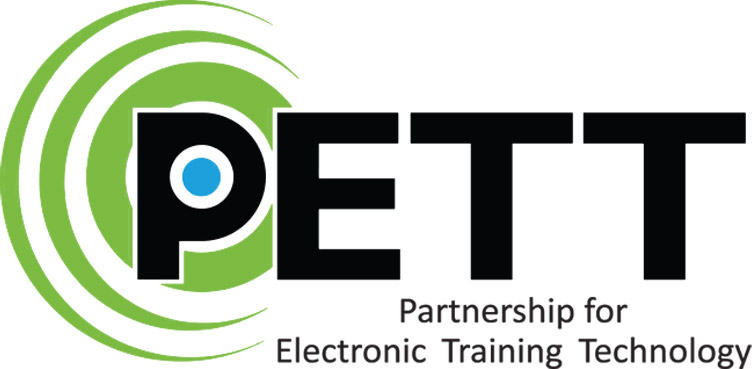A Commitment to Quality
The safety and welfare of animals is paramount to PETT and our members. All PETT members subscribe to a code of practice intended to protect the welfare of animals. We are committed to producing high quality products that meet rigid technical requirements.
We believe that most people who purchase training equipment want to achieve the best results possible. They have a sincere interest in strengthening bonds with their pet companions. To help consumers use products responsibly, PETT members offer robust educational materials. Detailed instructions are packaged with electronic products. Customer service departments offer additional support.
Occasionally, we hear about a case in which the contact points on an electronic collar cause sores on a pet’s neck. This condition is called pressure necrosis. It is almost always caused by either improper fit of the collar or prolonged wear, well beyond manufacturer instructions. Similar to bedsores, the lesions caused by pressure necrosis are not burns. In fact, the electrical output of modern e-collars is too low to cause burns and is far lower than the output of many common electrical health-care devices. When e-collars are fitted and used correctly, pressure necrosis is rarely a problem.
Pressure Sores in Dogs
By Linda Kennedy DVM
A pressure sore (also known as Pressure Necrosis) is a localized injury to the skin and/or underlying tissue as a result of pressure, sufficient enough to impair the blood flow to soft tissue. A pressure sore can develop in as little as a few hours or less and can persist for a period of time. Damage to underlying tissue can happen while the epidermis and dermis (outer layer of the skin) remains intact and appears to be quite normal. By the time ulceration appears through the dogs skin, significant damage to the underlying area may have already occurred. Any object fastened to your dog’s neck has the ability to create a pressure sore. Many times these sores will look like a burn mark- the skin will be very raw looking and weeping puss, hair loss is also normal in the area of the sore. If left untreated it can become infected and spread to a larger area.
In humans, pressure sores are common from prolonged pressure when you lie or sit in the same position for a period of time. The pressure of your body weight against the surface of the bed or chair can limit or cut off the blood supply to the tissue below. In humans these are referred to as bed sores. Dogs can also develop this type of sore, referred to as lay sores.
Moist dermatitis can also develop from any collar that your dog wears. Moisture trapped against the skin from the collar strap or e-collar box can cause irritation. Dogs that swim with a standard leather/nylon/plastic collar or e-training collar on, are more prone to moist dermatitis issues. Moist dermatitis sores can also look like a pressure sore or burn.
Allergic reactions to the different materials found in collar straps/e-collar devices is also common. Referred to as allergic contact dermatitis, some dogs with weakened immune systems are predisposed to allergic reactions to some materials. These sores can have the same appearance as a burn.
Standard procedure for treatment of a pressure sore:
Remove the collar strap or e-collar from the dog
Cleanse the area with an anti-bacterial soap/disinfectant
Apply an antibacterial ointment to the area
If the sore persists, it should be looked at by a qualified Veterinarian
Clean/disinfect the collar strap or e-collar

